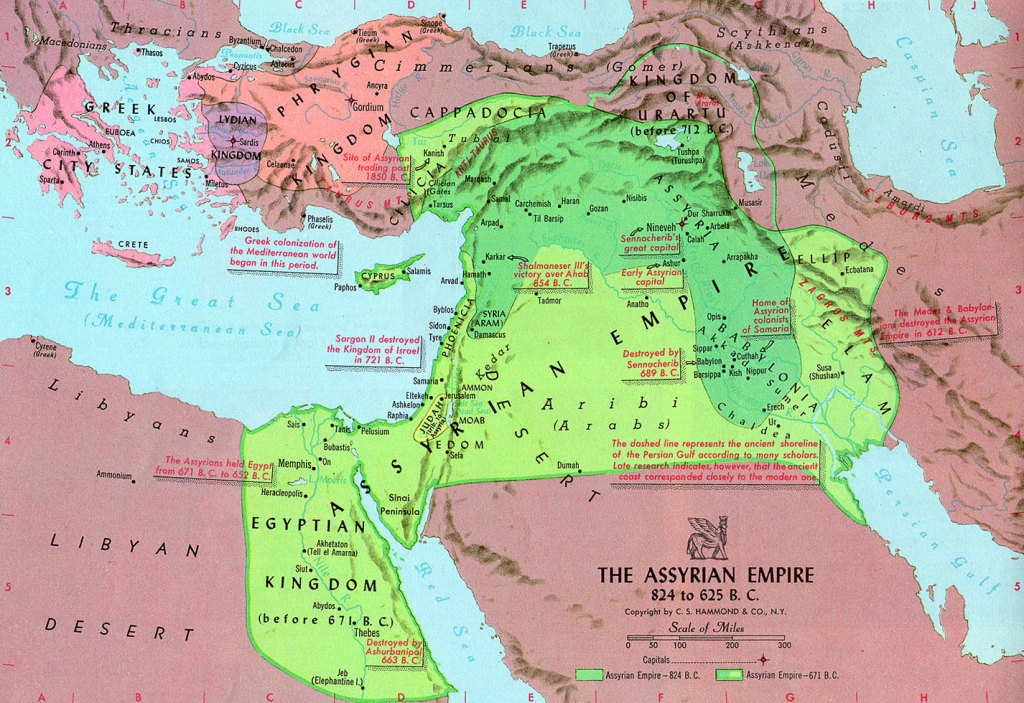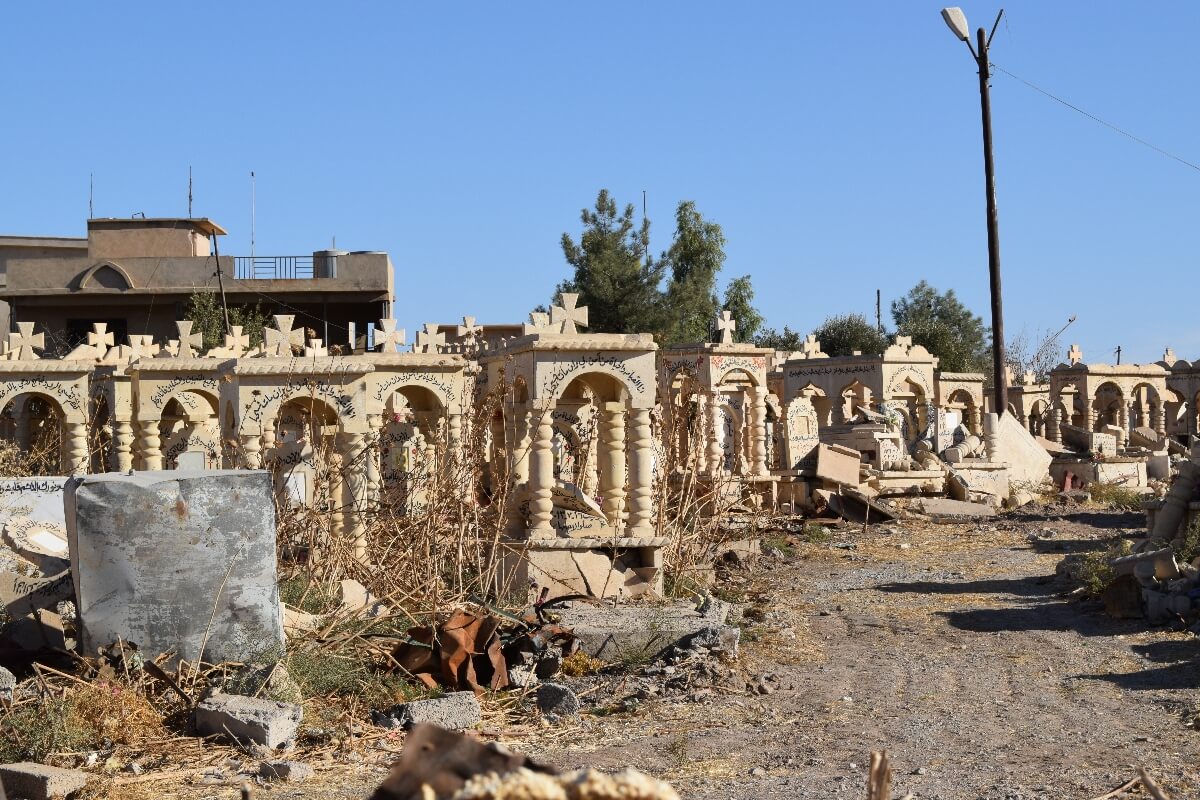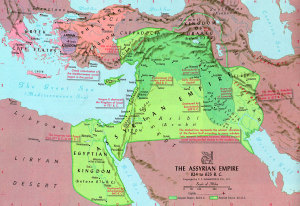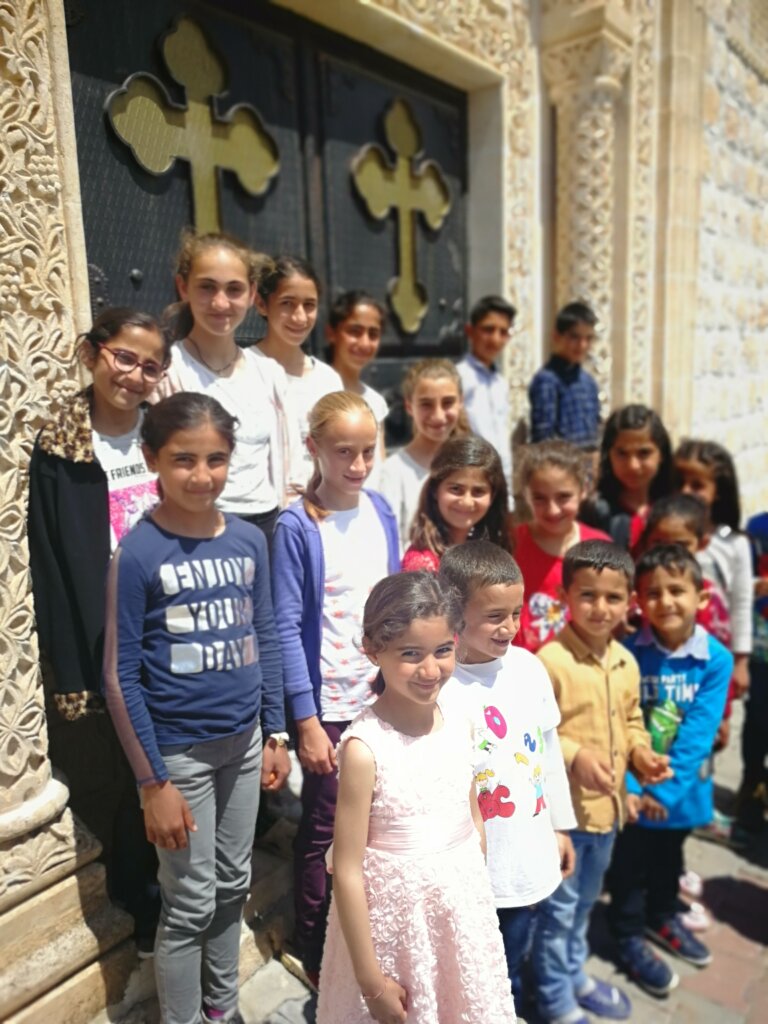Assyrians (also called Syriacs and Chaldeans) are the indigenous people of and currently a minority in what is present-day Syria, Iraq, Turkey, Iran and Lebanon. The ancient Assyrian Empire was centered on the Tigris River in Mesopotamia (“Bethnahrin” in Assyrian, which means “the land between the two rivers”), found in today’s Iraq. The Assyrian Empire existed from approximately 2000 BC until it ceased to exist at the beginning of 600 BC.
One ethnic group
Assyrians are a Semitic ethnic group. They have not had a land to call their own since 612 BC and have therefore lived as a minority in their own homeland. The Assyrians were one of the first ethnic groups that converted to Christianity and to this day, the majority are committed to the Christian faith.
Today’s Assyrians speak Assyrian (also called Syriac, Chaldean or Neo-Aramaic), which belongs to the Semitic language group. Assyrians are also called Syriacs and Chaldeans, Assyrians Without Borders makes no distinction in our aid based on denomination, church affiliation or faith.






